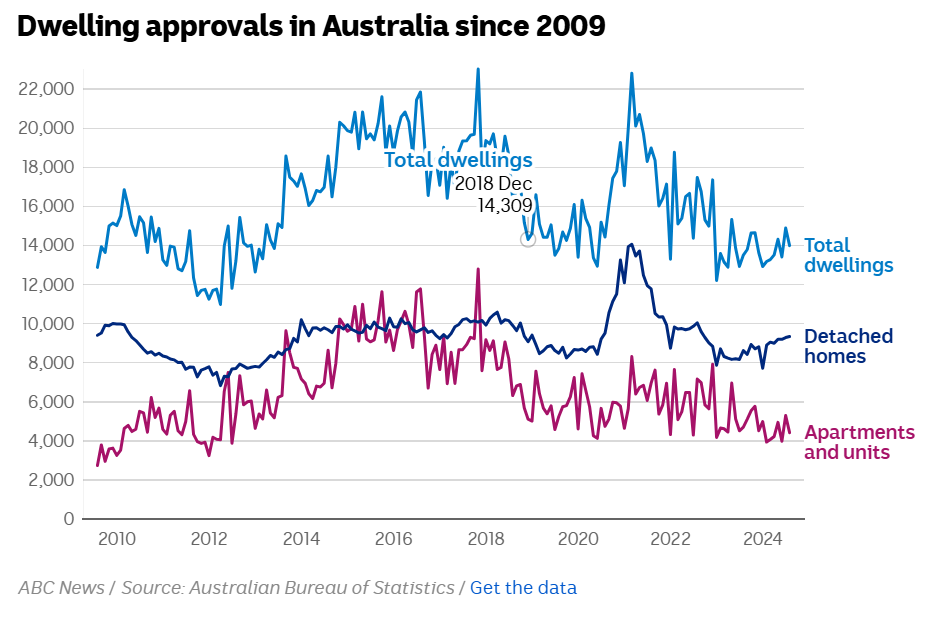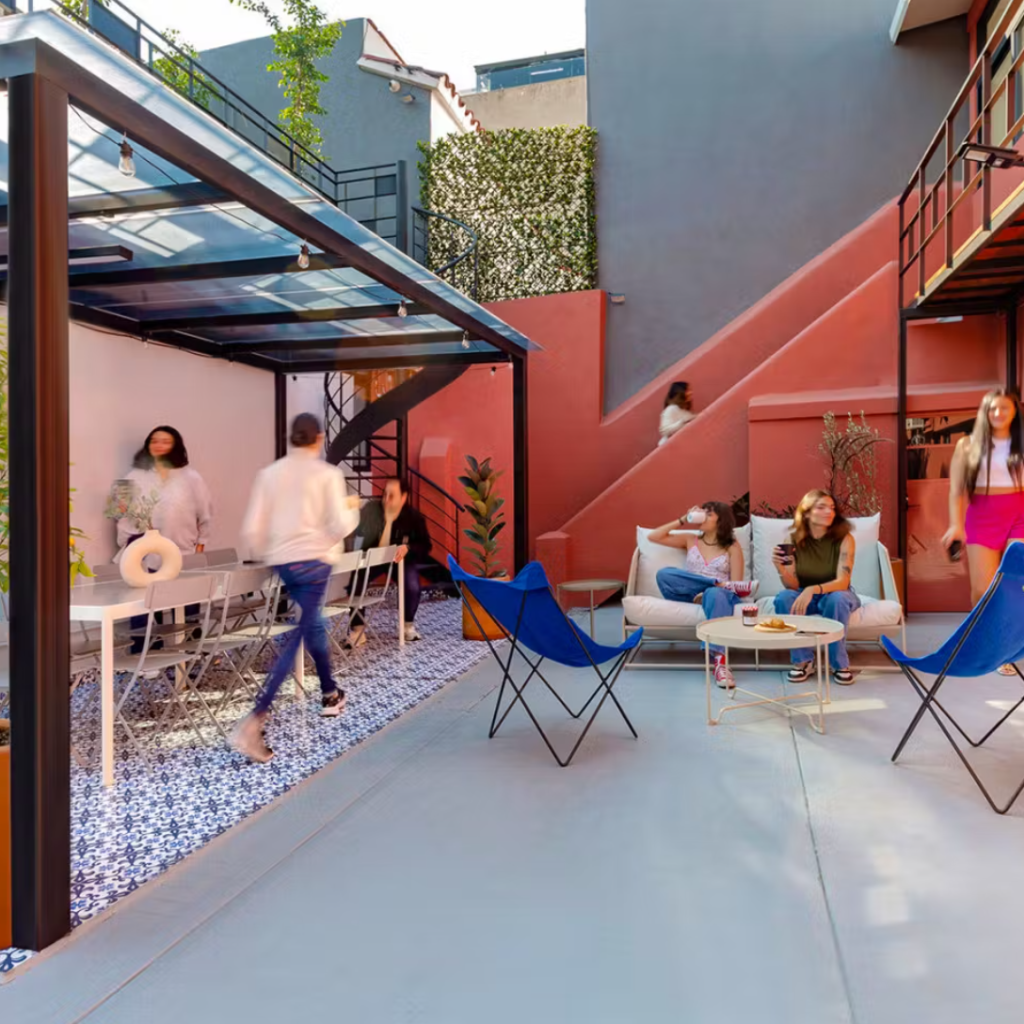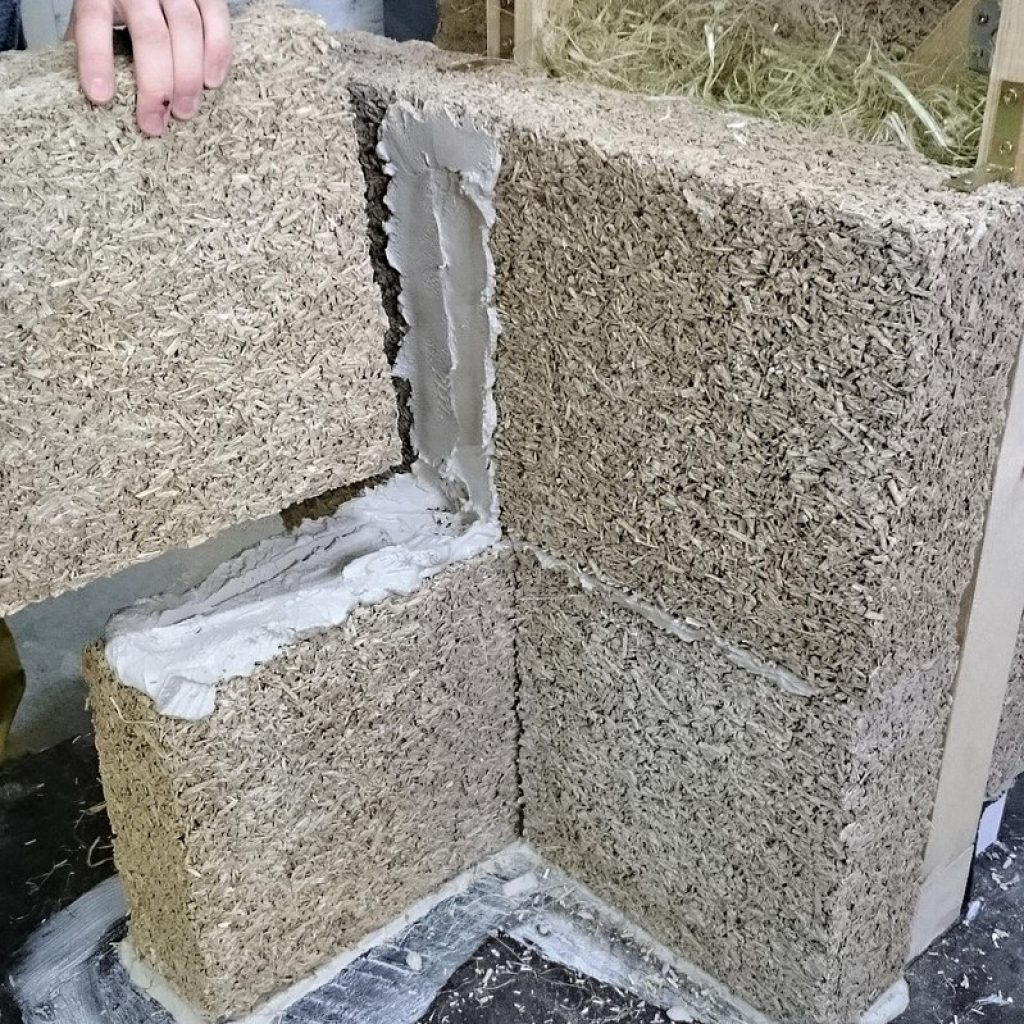It’s an issue facing many countries* but in this post I am going to focus on only two: Australia and the USA. Both countries are facing critical housing shortages, driven by three significant factors: a surge in population, a lack of skilled tradespeople and substantial increases in material costs during and after the COVID-19 pandemic.
These challenges call for a fundamental reassessment of what constitutes a home and how we build them. By shifting our focus from what we want to what we truly need, embracing innovative building concepts, and reimagining communal living, we can address these shortages and create sustainable, affordable housing solutions.

Post Contents
The Gap Between Housing Wants and Needs
In many parts of the world, the idea of a “dream home” often includes features that exceed the actual needs of the average household. For example:
- Australia: Homes typically feature four bedrooms, two bathrooms, a family or entertainment room and a double garage. It will be built using bricks over a timber frame (brick veneer) and have a tiled roof. The bricks and tiles require significant energy input during manufacture and also require extensive labour to install.
- USA: The average new home spans over 2,400 square feet, usually with multiple bedrooms and bathrooms, a double and even, triple garage, and spacious yards. Although typically built with less energy dense materials than Australian homes, they are still built ‘stick by stick’ making them time-consuming and therefore expensive to build.
This excess often conflicts with demographic realities. For instance, Australia’s fertility rate (2023) is just 1.5 children per woman while in the USA it’s marginally higher at 1.66. That average translates to many households consisting of just one person or a couple. Building large family homes for small or single households leads to unnecessary material use, economic inefficiency, and unsustainable land consumption.
Economic and Social Impacts:
- Economic Costs: Larger homes mean higher material and labor costs. In times of material shortages, prioritizing what’s unnecessary exacerbates the problem.
- Environmental Impact: Bigger homes require more energy to build and maintain, increasing carbon footprints.
- Societal Challenges: Expensive housing makes it harder for first-time buyers or low-income families to enter the market, contributing to wealth inequality.
Innovative Housing Solutions
Addressing these challenges requires creativity and flexibility in how we think about housing. Here are some alternative approaches:
1. Communal Living Spaces
Communal housing offers a sustainable and cost-effective solution to single-person or small households.
- Example: Clusters of private bed-sitting rooms surrounding a shared living, dining, and kitchen area.
- Benefits:
- Reduces the footprint of individual dwellings.
- Encourages social interaction, combating isolation.
- Shared spaces lower costs for utilities and maintenance.

Case Study: Co-living startups like Common and CoLiving offer modern, communal housing solutions in urban areas.
2. Multigenerational Housing
Incorporating two or three generations into one home allows for resource sharing and closer family bonds.
- Design: Homes with separate entrances or designated private areas for different generations.
- Advantages:
- Reduced per-person housing costs.
- Built-in childcare and eldercare within the family.
- Better use of land resources in suburban and urban areas.
Examples: Homes with “granny flats” or in-law suites, popular in countries like Japan and Italy.
3. Innovative Building Techniques
3D-Printed Homes:
Using advanced robotics, 3D printing can produce homes quickly and affordably with minimal labor.
- Example: ICON produces 3D-printed homes in the USA ranging in size from compact to ultra-luxury.
- Benefits:
- Significant reduction in construction time.
- Efficient material use with little waste.
Shipping Container Homes:
Repurposing used shipping containers into affordable, durable homes is gaining traction globally. Other start-ups are building modular homes that can grow along with your family.
- Case Study: Companies like Boxabl and Container Build Group offer pre-designed container homes for rapid deployment.
4. Embracing Forgotten and Alternative Materials
Earth-Based Building:
Techniques like cob and rammed earth have been used for centuries and are experiencing a resurgence.
- Benefits:
- Highly sustainable and inexpensive.
- Excellent insulation properties.
Hempcrete:
Made from hemp fibers and lime, hempcrete is lightweight, durable, and eco-friendly.
- Example: Australian company Hempcrete Australia uses this material for walls and insulation.

Recycled Materials:
Incorporating materials like recycled steel, glass, and plastic into construction can reduce costs and environmental impact.
The Cultural Shift: Rethinking Homeownership and Aspirations
Achieving sustainable housing solutions also requires a cultural shift. Consumers must adjust their expectations:
- Smaller Footprints: Recognizing that a smaller, well-designed home can meet needs effectively.
- Multi-Use Spaces: Flexible layouts with rooms serving dual purposes (e.g., a home office doubling as a guest room).
- Community Engagement: Embracing shared spaces and resources as a benefit, not a compromise.
Opportunities for Policy and Incentives
Governments can play a crucial role in encouraging these changes by:
- Incentives for Alternative Materials: Subsidies or tax breaks for using sustainable materials like hempcrete or earth.
- Zoning Reforms: Allowing for more multi-family or communal housing developments in suburban areas.
- Funding for Startups: Supporting companies innovating in affordable and sustainable housing solutions, such as 3D printing and prefabricated homes.
- Education and Training: Addressing the skilled trades gap by investing in vocational programs and apprenticeships.
Conclusion: Building What We Need
The housing shortages in Australia and the USA highlight the need for a radical rethink of how we approach homebuilding. Moving beyond traditional ideas of large family homes to embrace alternative housing solutions, innovative materials, and community-oriented designs will not only address the shortages but also create a more sustainable future.
By focusing on what we truly need, we can reduce costs, minimize environmental impacts, and ensure that housing is accessible for everyone. The challenge is substantial, but the opportunities for creativity and innovation are boundless.
*Additional notes:
United States: The U.S. faces a substantial housing shortage, with a deficit of approximately 3.8 million homes as of 2021. This shortfall has led to escalating home prices and rents, making housing increasingly unaffordable for many Americans.
United Kingdom: The UK has been experiencing a housing crisis for years, with a significant gap between housing demand and supply. The government has set a target to build 300,000 new homes annually by the mid-2020s to address this issue.
Canada: Canada’s major cities, such as Toronto and Vancouver, are facing housing shortages, resulting in skyrocketing property prices and rents. The government has implemented measures to increase housing supply and improve affordability.
Germany: Germany, particularly in urban areas like Berlin and Munich, is dealing with a housing shortage that has led to rising rents and property prices. The government is exploring various strategies to increase housing supply and control rent hikes.
India: India faces a significant housing shortage, especially in urban areas. A 2012 report by the National Buildings Organisation estimated a deficit of 18.78 million housing units in urban regions, with the Economically Weaker Section experiencing the most acute shortage.
Australia: Australia is experiencing a housing crisis, with top executives identifying it as a more pressing issue than economic growth or climate change. The affordable housing supply is the primary concern for business and the economy over the next two years.
Croatia: Croatia is planning new legislation to address the housing price squeeze caused by short-term tourist rentals, a trend seen in other European cities like Malaga, Barcelona, Athens, and Budapest. The proposed laws aim to raise taxes on rental properties but exempt long-term homes and owner-occupied properties, offering locals a chance to rent at market prices and breathe new life into tourist-filled towns.
These examples illustrate that housing shortages are a widespread issue, influenced by factors such as urbanization, population growth, economic conditions, and policy decisions. Addressing these shortages requires comprehensive strategies tailored to each country’s unique circumstances.






